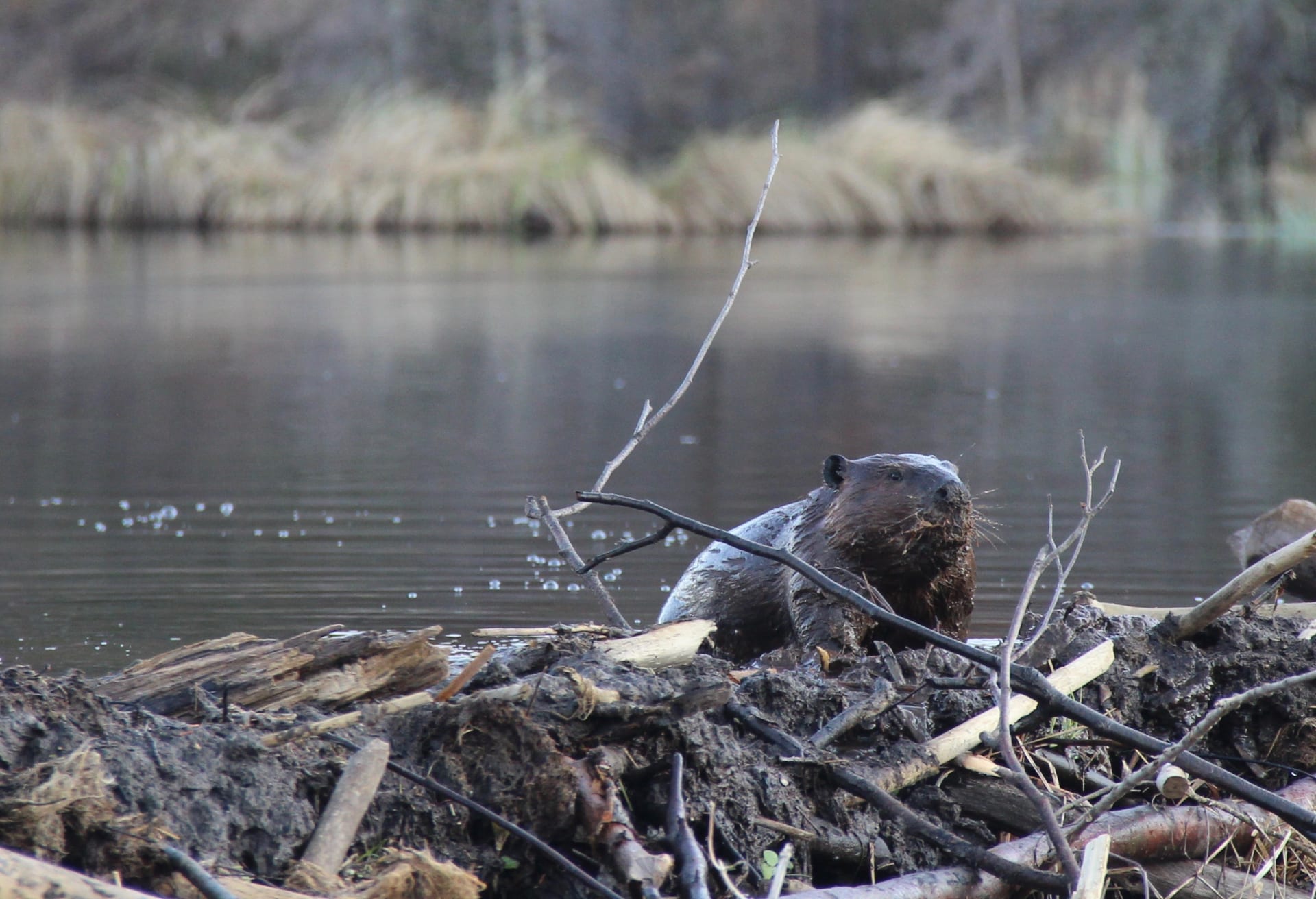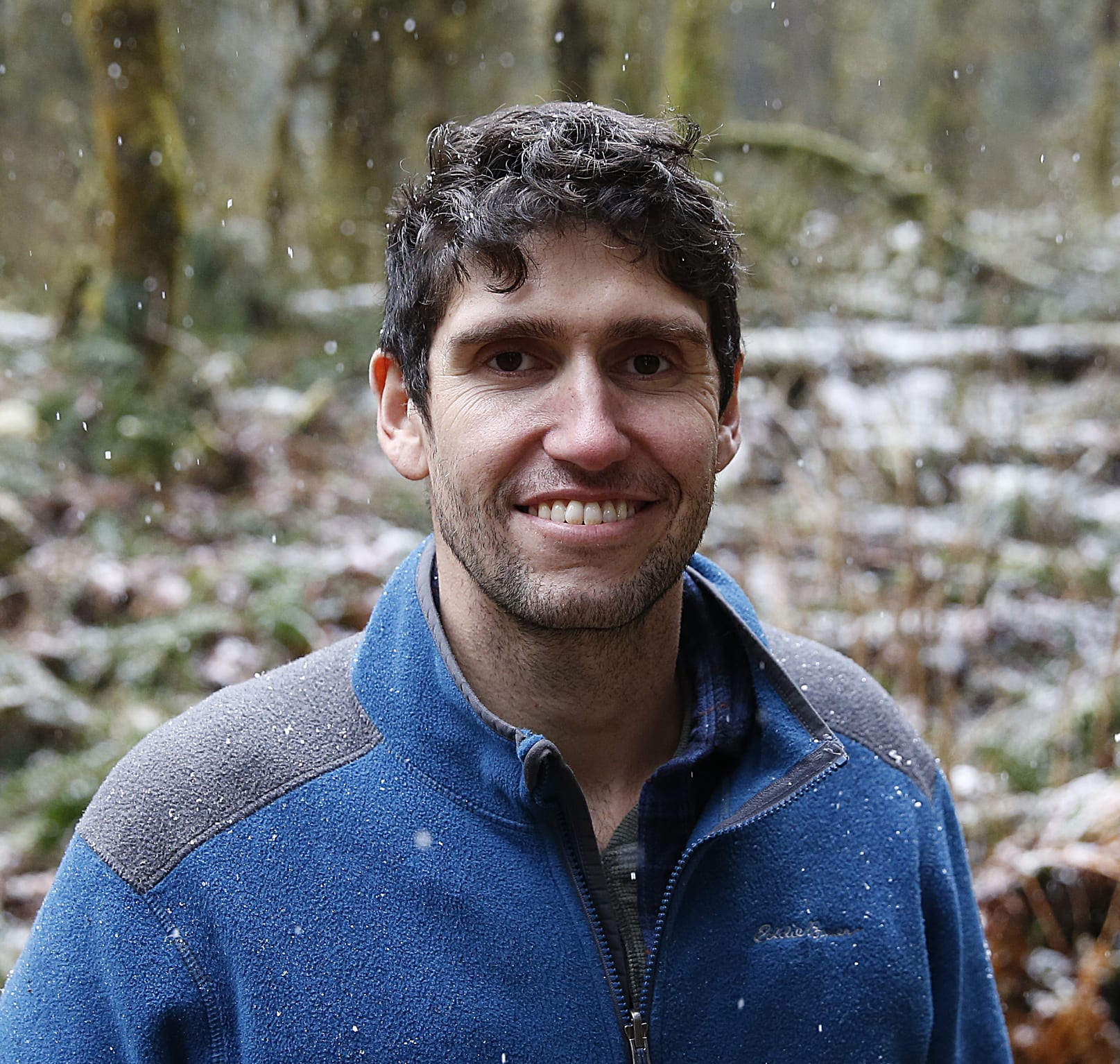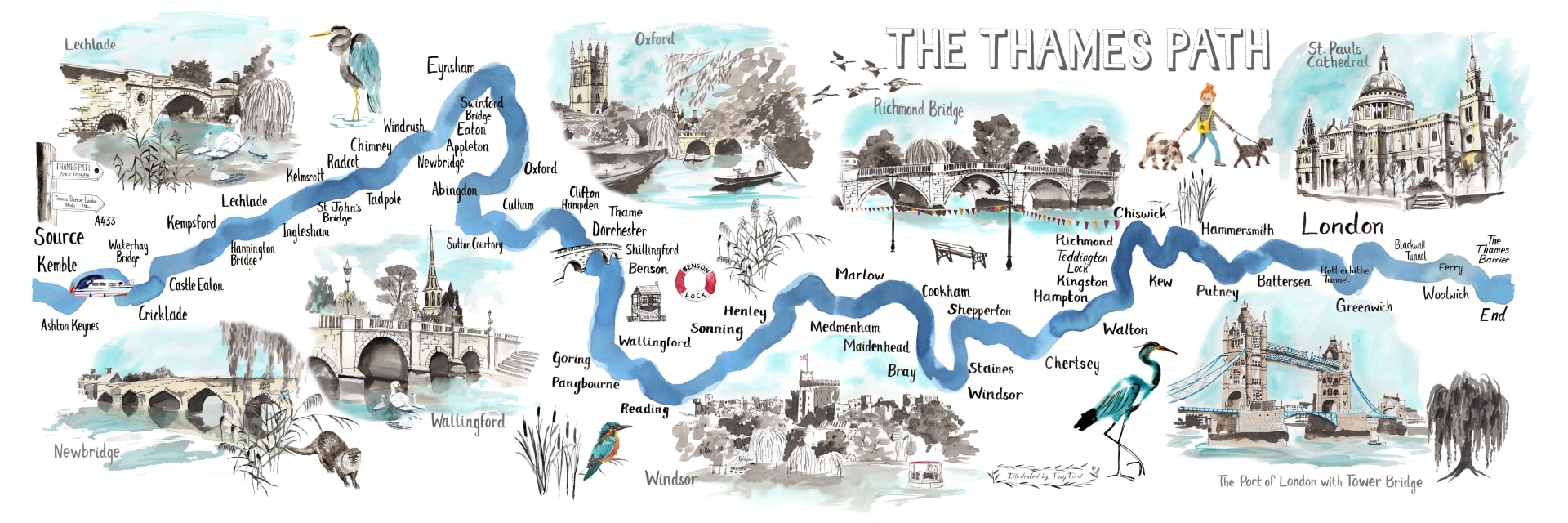It’s the powerful story of how these “inherently funny” creatures have shaped our world, and how they can help save it – if we let them. Ahead of Goldfarb’s trip to the UK last month, which saw him speak at Hay Literary Festival and Oxford Festival of Nature, Sam Bennett caught up with him to learn more about these ecosystem engineers.
Your book is both homage to beavers and a plea to people.
It is. Here’s this animal that can help solve really pressing environmental problems like flooding and water pollution. The book is really a call to bring back this animal that can help us address these issues. So yeah, I think it is a plea, and one of my hopes is it will inspire action; that people in both North America and Europe will read the book and be motivated to help bring them back to places where they’ve been gone for a long time.
How dire is the situation?
Pretty dire. In North America, at least in the continent where I live in the American West, the thing that’s most dire is the water situation. We’re in a very dry place and really depend on snowpack for our water. It has to snow in the winter and then over the course of the summer and fall, that snow gradually melts and that’s what keeps water in our rivers and streams. So, as the climate warms and all that snows falls as rain instead, it just runs off the landscape right away and is lost. So here the primary rationale for bringing back beavers is they can create thousands of little reservoirs up in the high country and basically store some of that water for us as the United States gets hotter and dryer. In the UK my impression is the problem is almost the reverse. Our big problem is drought, it seems one of Britain’s major problems is flooding. As the climate changes you’re getting more intense storms and all of that rainfall just races down these streams and rivers and collects into these really destructive floods. Beavers have an important role to play there too: they’re capable of slowing down that water by building dams that basically act like little speed bumps; the water sort of disperses, sinks into the ground or collects in ponds – so they can actually trap a lot of this destructive flood water.
Eager is written in a really lively way, there’s a lot of enthusiasm and excitement in there which, to be honest, I wasn’t expecting.
I’m glad you thought that. My goal was to write a book that had lots of good information about beavers that experts and scientists can use, but more importantly something fun and accessible to the average person on the bus looking to pass some time. That’s really my hope: that I’ve written something everybody can enjoy. Beavers are also comedic, right? They’re these slow, fat, smelly rodents with weird big tails, and in the US the word is slang for female anatomy – so beavers are an inherently funny subject and you’ve just got to embrace that.
You’ve done environmental journalism for some time now, how encouraged are you by things like schoolkids going on strike over climate change?
I think that’s fantastic, and the whole Extinction Rebellion movement is really exciting to me. Here in the US there’s a group of schoolkids suing the government over their failure to act on climate change. So there are these really positive movements, many of them being started by young people. Now the hope is the older folks will actually pay attention and listen to what the youth are telling them. There is the desire and motivation to change the way we power the planet, to me the challenge is whether we can change our systems fast enough – the crisis is so urgent. One of the reasons I like beavers as a topic is climate change is so contentious; we desperately need to make progress yet there are all these deeply entrenched interests opposed to that progress, whereas beavers are a form of progress we can make that doesn’t involve big policy decisions at federal level. In the US we have this government that’s very hostile to the environment in a lot of ways – we can’t expect any help from them. The Trump administration is opening up new lands to oil and gas drilling, they’re declining to list endangered species that need protection, they’re not helping conservation in any way, they’re actively hurting it. But beavers are this lever we can pull, this creature we can save by protecting it at a very local level. The people who have the fate of beavers in their hands are farmers, ranchers and county council members. We can save beavers and use them to help save the planet without dragging Trump into it.
What’s being done to help beavers in Britain?
In Scotland beavers were just officially protected which is good news, but at the same time the Scottish government is still giving out licenses to kill beavers, which seems kind of contradictory. In England there are a number of new reintroduction projects aimed at controlling flooding so that’s pretty exciting – they’re really making an amazing comeback in England. There’s also a reintroduction plan for Wales. It’s really a fascinating time to be interested in beavers in Britain right now.










